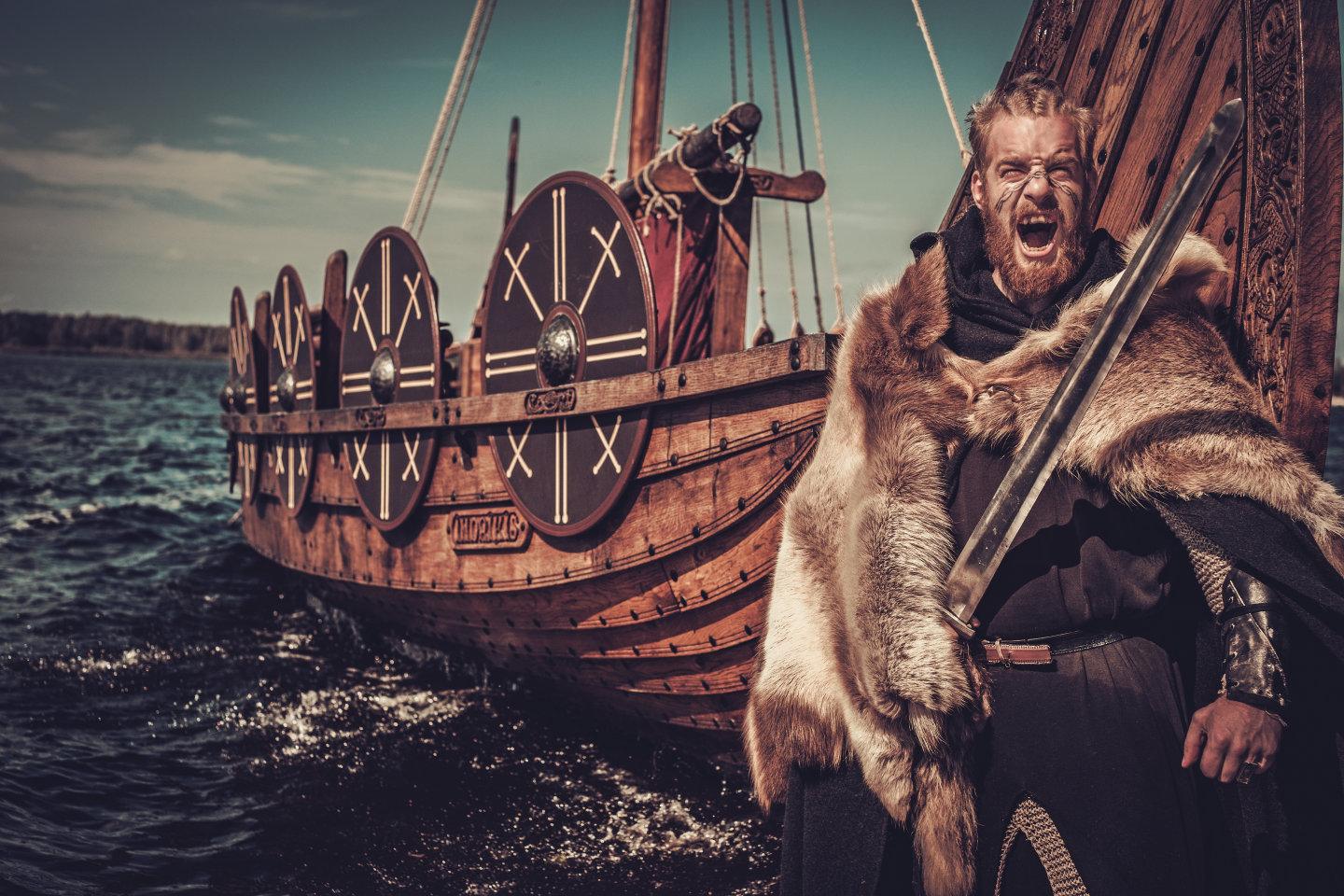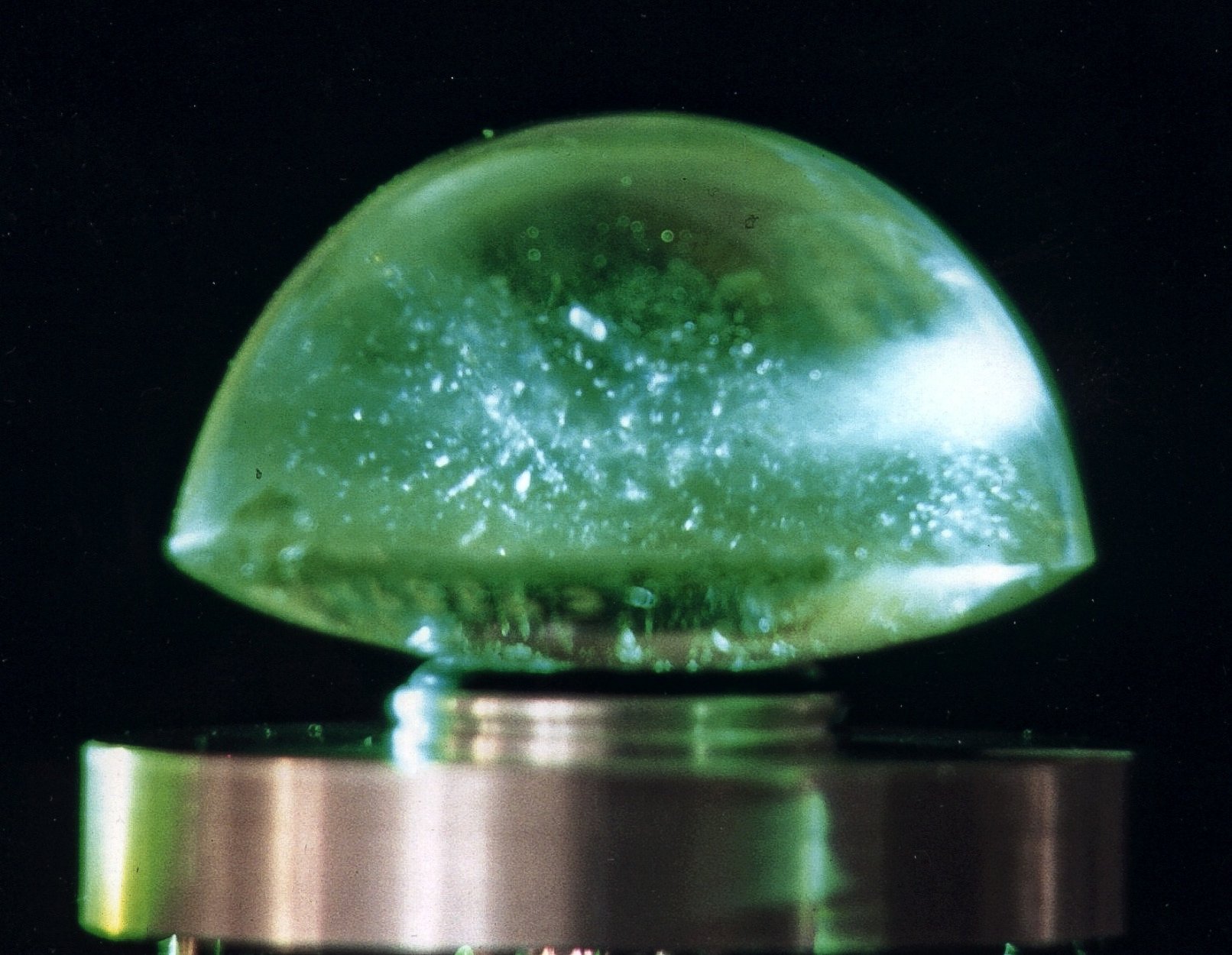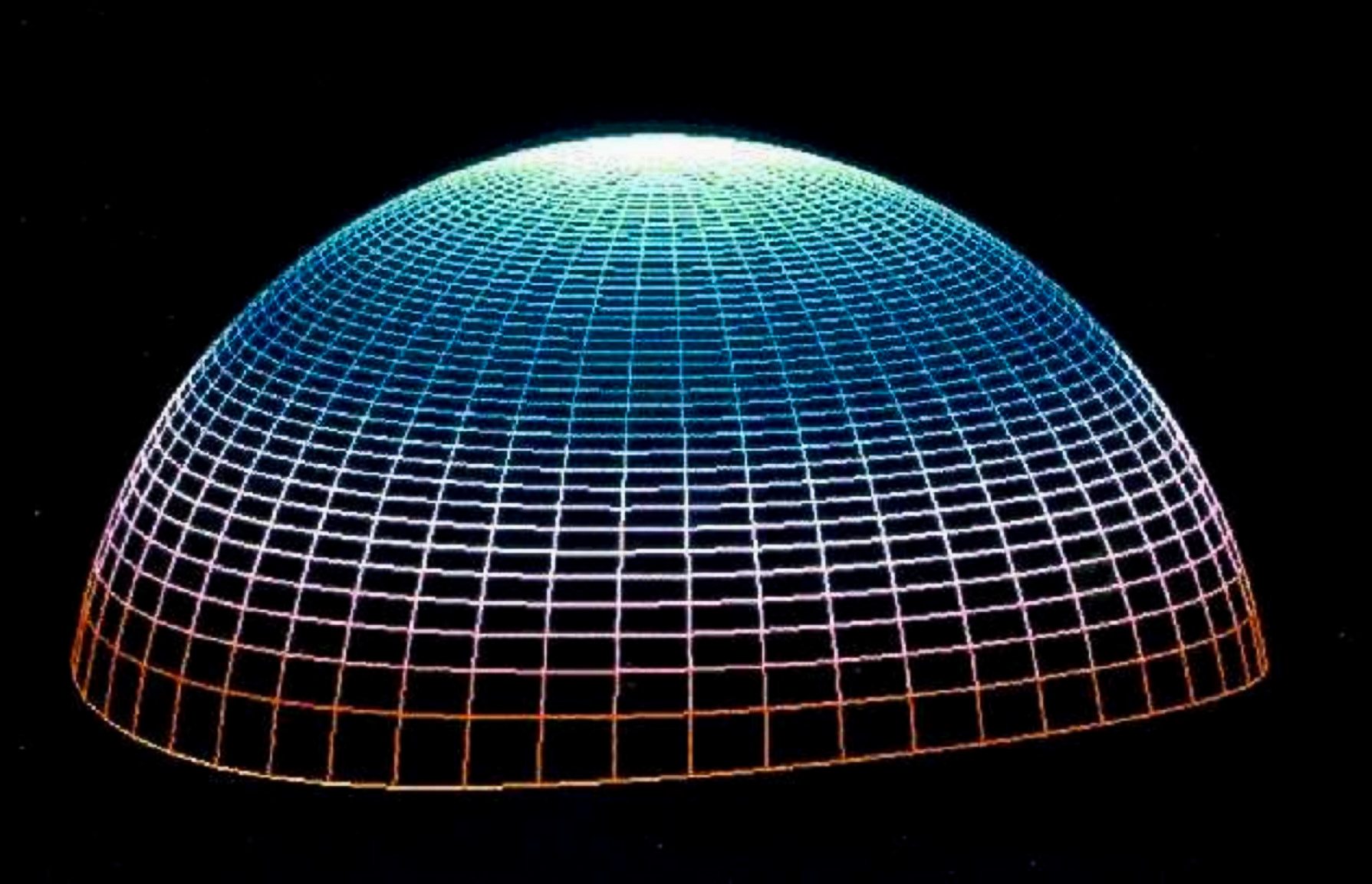The Viking age was a period of rapid development – in many ways. The river systems and coastlines became explored, trade and markets were established, cities were formed and the feudal system was established.

However, most people are surprised to find out that Vikings were also master craftsmen who invented many things we use today. Did they make telescopes as well? Probably not but they might create their very own version of the telescope in the form of “Viking lenses” which are currently being debated as to whether they qualify as a main component of telescope or not. So what exactly are Viking lenses?
The Vikings could have been using a telescope hundreds of years before Dutch spectacle makers supposedly invented the device in the late 16th century.
This remarkable possibility first emerged from a study of sophisticated lenses recognized from a Viking site on the island of Gotland in the Baltic Sea in 2000.

“It seems that the elliptical lens design was invented much earlier that we thought and then the knowledge was lost,” According to the lead researcher, Dr Olaf Schmidt, of Aalen University in Germany.

“The surface of some of the lenses have an almost perfect elliptical shape,” Dr Schmidt said. “They were obviously made on a turning lathe.”
The late Dr Karl-Heinz Wilms first heard of the so-called “Visby” lens in 1990 when he was searching for exhibits for a Munich museum. It was named after the major town on Gotland. Dr Wilms found a picture of the lens in a book and planned to examine the original.

But it was not until 1997 that a team of three scientists went to Gotland to take a close look at what were actually 10 lenses locked away in the storeroom of a local museum.
However, it seems clear that the Vikings did not make the lenses themselves. “There are hints that the lenses may have been manufactured in (the ancient empire of) Byzantium or in the region of Eastern Europe,” Dr Schmidt said.
Some of the lenses can be seen at Gotland’s Fornsal, the historical museum in Visby. Some are in the Swedish National Museum in Stockholm. Others have been lost.
The Vikings were great sailors and navigators, but why use a lens? The Vikings are known to have shown a keen interest in the stars and the constellations. The Vikings even went so far as to make their own constellation charts.
Some theriomorphic animal shapes were found on Viking-era artifacts, which may represent constellations. The Vikings had a perfectly good reason for drawing bizarre shapes on these artifacts: was it to communicate with extraterrestrial beings?
During the Viking Era, there were two types of telescopes in use: the sextant (a device for calculating latitude) and the armillary sphere (a celestial globe). The latter is more than likely what attracted the Vikings’ attention.
The armillary sphere was a device held in the arms, so that a person could use it to view the stars. This device remained in use till the early Renaissance and was used by many ancient cultures, including the Vikings.
It’s been suggested that the Vikings developed a rudimentary telescope during the 9th or 10th century, around the same time their interest in the stars was first recorded. However, the oldest evidence for the Vikings using astronomy for navigation comes from 889, when a map was drawn in Scandinavia that was based on the scientific knowledge of the times.
The Vikings had vast knowledge of the ocean and marine life, so it’s possible that they came up with the idea of using a modified sextant to see whether or not they had gotten close to the shoreline of a mysterious landmass. The Vikings didn’t even have to wait.
In the end, the question of whether or not the Vikings made a sophisticated telescope remains one of the most frequently discussed historical riddles amongst historians and enthusiasts. While there is no clear evidence that the Vikings had such a device, there are many theories and pieces of evidence that suggest they may have had access to this technology.
The first theory comes from the fact that the Vikings were excellent sailors and explorers. They were able to cross oceans and navigate through rough waters. This suggests that they had a sophisticated level of technology that allowed them to build sturdy ships and navigational equipment.
Another piece of evidence is the existence of the Icelandic sagas. These stories tell of Viking voyages and adventures, and some of them mention the use of telescopes. If these sagas are to be believed, then it is possible that the Vikings had access to this technology.
However, the most convincing piece of evidence is the fact that the Vikings were able to make landfall in North America. This was a feat that was only possible with the help of a telescope. In order to make such a long journey, the Vikings would have needed to be able to see land from far away.
While there is no clear evidence that the Vikings had a telescope, the available evidence suggests that it is a possibility. The Vikings were a sophisticated people who had access to advanced technology. If they did have a telescope, it would have been a valuable tool that would have helped them in their exploration of the world.




